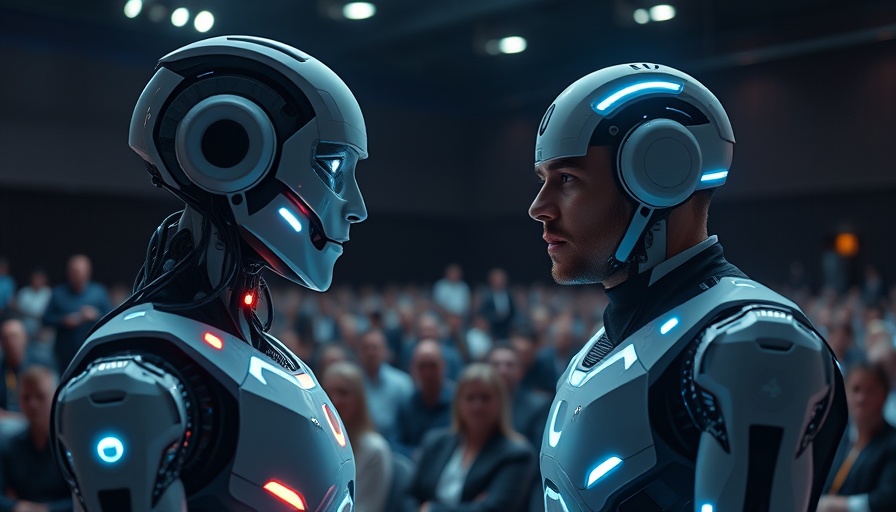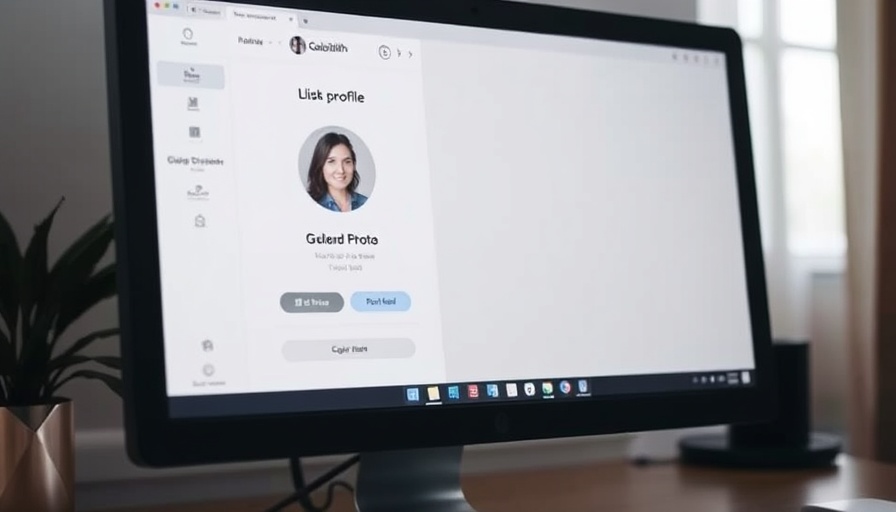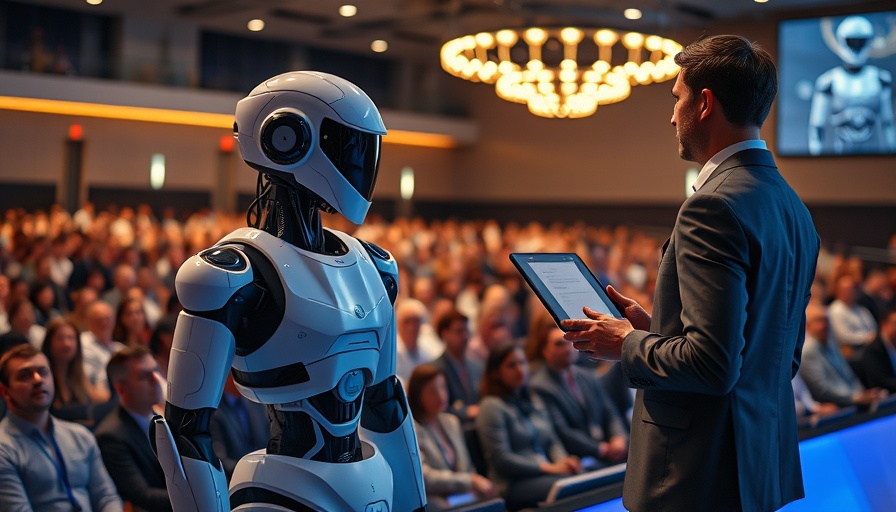
Revolutionizing Robotics: The Future of Home Automation
The latest innovation in robotics from Physical Intelligence, Pi 0.5, represents a significant leap in artificial intelligence and machine adaptability. Unlike traditional robots that rely on a single central processor, Pi 0.5 spreads its computational capabilities throughout its body, allowing it to interact with its surroundings with remarkable efficiency and responsiveness. This decentralized approach transforms robots into agile helpers, capable of adjusting on the fly and learning from their environment without needing external guidance.
In 'New AI Robot with 100 AI Brains Is Actually Thinking (Smart Muscle System)', the discussion dives into advanced robotic technology, exploring key insights that sparked deeper analysis on our end.
The Magic of Distributed Intelligence
At the core of Pi 0.5's design are its "pi nodes": small, localized processors embedded in the robot's limbs and joints. Each node possesses its own sensors and decision-making capabilities, enabling immediate reflexes that optimize grip strength and stability. This localization reduces the need for constant communication with a central server, resulting in faster responses and reduced power consumption—crucial for battery-operated devices. In tests, a robotic gripper utilizing this technology saw grip accuracy improve by 30% while slashing power use by 25%. The implications for industries relying on automation are vast, from enhancing manufacturing processes to streamlining household chores.
The Future of Task Efficiency
With 400 hours of diverse training data including real-life scenarios and object recognition, Pi 0.5 has demonstrated not just the capacity to complete specific tasks, like washing dishes or sorting laundry, but also to navigate new environments successfully. In fact, during tests in unfamiliar spaces, Pi 0.5 maintained a staggering 94% success rate in obeying commands and accomplishing complex tasks. This level of adaptability is not only a technological marvel but also a potential game-changer for businesses looking to integrate AI into their daily operations.
Implications for the Business Landscape
For business owners, the potential applications of Pi 0.5 are manifold. Picture autonomous robots sorting inventory in warehouses, assisting the elderly in care facilities, or even performing menial tasks in bustling restaurants. The operational efficiency gained through such automation could lead to significant cost savings and a more streamlined workflow.
Innovation Beyond the Obvious
As Pi 0.5 continues to evolve, there are additional insights worth considering. The technology behind these robots points towards a future where AI not only performs tasks but also learns and adapts in real time, potentially taking on complex actions without pre-existing templates. Companies willing to invest in such cutting-edge AI marketing software can expect to remain competitive and innovate how they operate.
The integration of Pi 0.5 signifies more than just a new robot; it heralds a shift towards smarter, more flexible systems that redefine what AI can achieve in real-world settings. With technology continuously advancing, business owners should stay alert for opportunities to incorporate these systems into their operations.
Act Now to Optimize Your Operations
In a world leaning increasingly towards automation, the potential benefits of having an AI assistant like Pi 0.5 are immense. Don’t miss the chance to leverage this technology for efficiency and innovation in your business. GET YOUR OWN AI ASSISTANT and watch your productivity soar.
 Add Row
Add Row  Add
Add 




Write A Comment